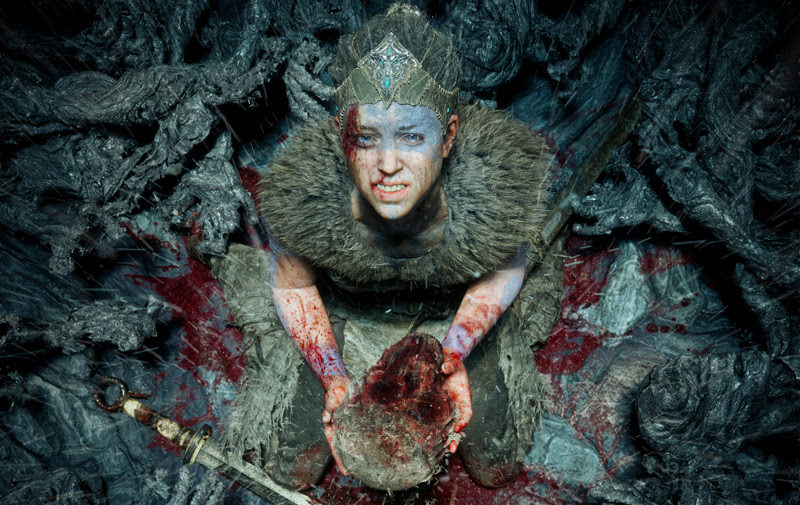Hellblade: Senua’s Sacrifice is one of the sleeper hits of 2017. It’s a psychological action-thriller that explores the mental health of its hero, but PC players who use AMD graphics cards were having issues enjoying Hellblade. In the later stages, players with these GPUs were seeing severe performance hits that made the game choppy and unplayable for some. But developer Ninja Theory released a patch yesterday, and it looks like it has solved the AMD problems.
Ninja Theory confirmed on social media that the update directly addresses the problems AMD video cards were encountering. The patch is live now on Steam and other services.

Unlock premium content and VIP community perks with GB M A X!
Join now to enjoy our free and premium membership perks.
![]()

![]()